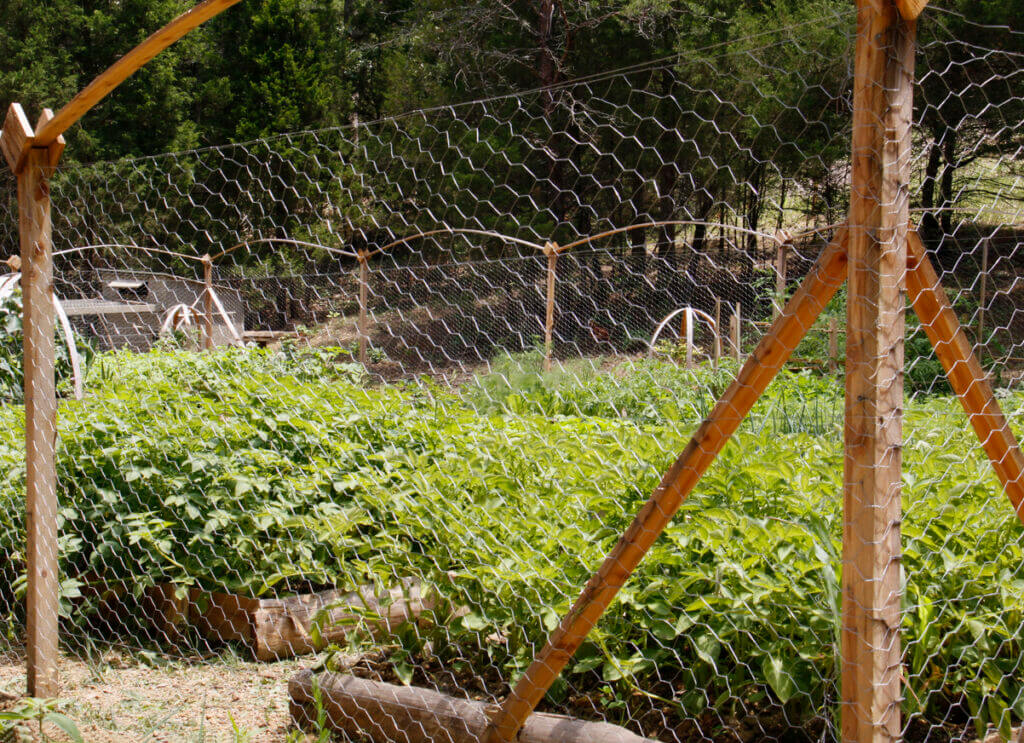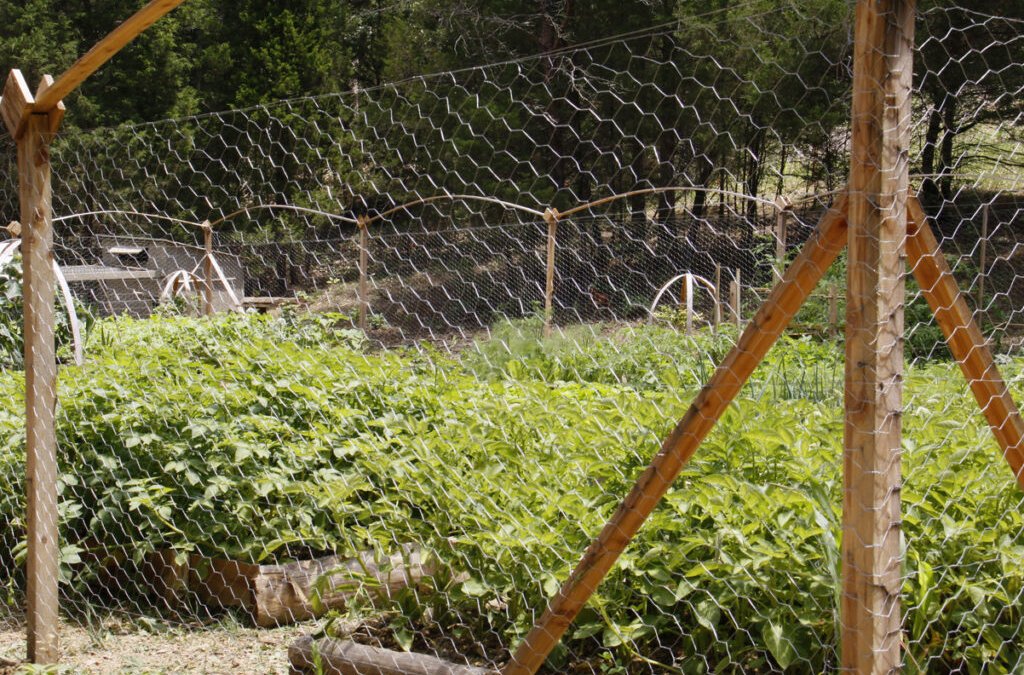 e
e
If you want to add an extra layer of security to your backyard, chicken wire is a cheap, versatile, and simple solution. If you’re trying to secure your garden from critters, protect your pets, or reinforce your fencing, chicken wire is the perfect material for the job to help you bulwark your backyard. Follow these steps to strengthen your yard with chicken wire.
Assess Your Needs
Before you begin, it’s important to evaluate your needs and determine how you plan to use the chicken wire. Common uses include:
- Gardens: Keeping small animals such as rabbits or deer from nibbling on your plants.
- Pet enclosures: Creating a safe space for chickens, rabbits, or other small animals
- Fencing Reinforcement for Cages: This is used to reinforce the opening of existing cages to prevent pets or wildlife from getting out or coming in.
After settling on your project, you need to measure the area that needs some fortifying. You will need to have an idea of the dimensions so that you can work out how much chicken wire you need to buy.
Gather Your Materials
Here are the materials you need to reinforce your backyard with chicken wire:
- Chicken wire (comes in different sizes and gauges, so choose accordingly based on your project needs)
- Wooden or metal fence posts, depending on the size and strength of the fence
- Stapler or heavy-duty staples
- Fence ties; wire cutters or pliers
- Post hammer or post driver (for inserting fence posts)
- Zip ties to add additional securing points
You can buy chicken wire at most home improvement stores, farm supply stores, or online retailers. Choose the size holes that suit the size of the animal you want to detract from your yard.
Install the Chicken Wire
With your materials ready, here’s how to install chicken wire:
Step 1: Set Up Your Fence Posts
If you’re reinforcing an existing fence, first ensure the existing posts are secure and upright. If you’re installing new posts, mark where they’ll go. Depending on the wire’s height and the sturdiness of the material you’re using, space your posts about 6 to 8 feet apart. After this, use a post driver or a hammer to drive the posts deep enough into the ground to keep them in position.
Step 2: Attach the Chicken Wire
Lay out the chicken wire along the length of your fence or area. Start at one end and fasten the wire to the first post with staples or wire ties. If you are stapling, ensure that you drive the staples in tight enough to hold the wire in place with no gaps. Roll the wire along the fence and adhere to each post as you go. If you have extra wire at the end, you can trim it with wire cutters.
Step 3: Fuse the Bottom Strip
Bury the bottom edge of the chicken wire a few inches in the ground to keep animals from digging in. Or you can bend the bottom of the wire out along the ground, like a kind of “L,” to prevent burrowing. You may also be able to secure the bottom by staking it down with extra ties or staples.
Step 4: Reinforce the Top
If you need to use it for some containment of pets or animals, you could saturate the top of the chicken wire with a horizontal bar or layer of the wire. That way, animals can’t jump or climb on top of the fence. If you’re fortifying the height of the fence, it will help you feel more secure overall if you include more posts and an upward extension to the chicken wire.
Create Follow-Through and Lifespan
Once the chicken wire is firmly attached, inspect the whole fence to ensure it is taut and there are no loose sections. If necessary, secure any areas that may loosen with time with more ties or clamps for added protection. If you don’t secure chicken wire tightly, it can stretch or get saggy, so ensure its integrity for a long-lasting fence.
Train Your Chicken Wire Fence
To ensure that your chicken wire remains in good condition after installation, you should check it regularly for any signs of wear and tear or damage. Over time, exposure to storms can rust or degrade the wire, particularly when exposed to heavy rainfall or moisture. Examine for holes or gaps that creatures could use, and fix as necessary to keep a determined and efficient obstacle.
Conclusion
The best defensive method of keeping predators out of your backyard is using chicken wire. A secure enclosure will keep the animals out and give you peace of mind with a little time and effort. If you have an existing fence, or you are constructing a new one, chicken wire can provide you with a resilient and affordable way to fortify your yard.
Emily Hawthorne
Related posts
Stay connected
Today's pick
- Safety Essentials Every CNC Operator Should Follow DailyCNC machining demands precision, consistency, and discipline—but above all, it requires strict attention to safety. Whether you’re working with mills, lathes, routers, or grinders, every machine has the potential to cause serious injury if mishandled. That’s why CNC operators must follow safety protocols daily, no... The post Safety Essentials Every CNC Operator Should Follow Daily […]

